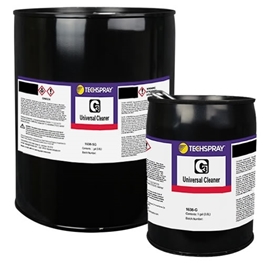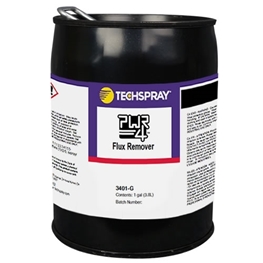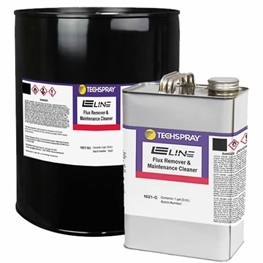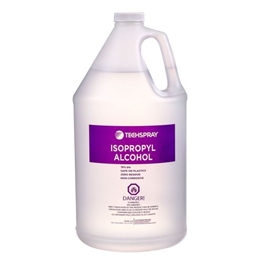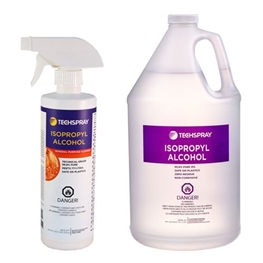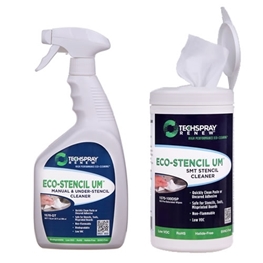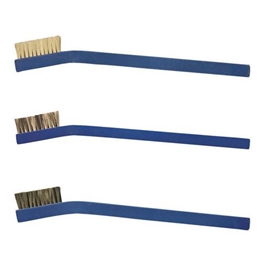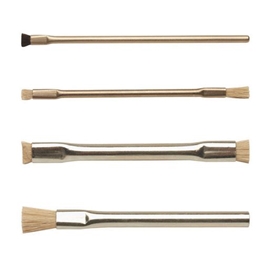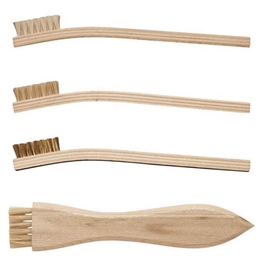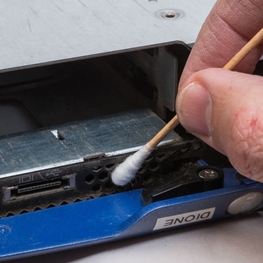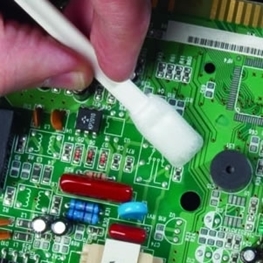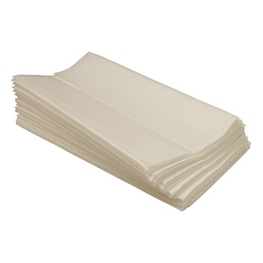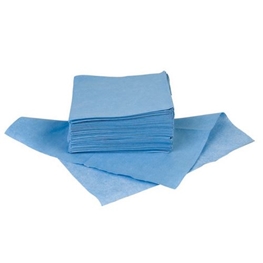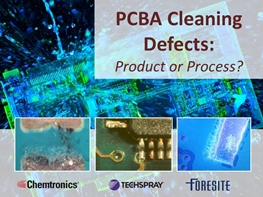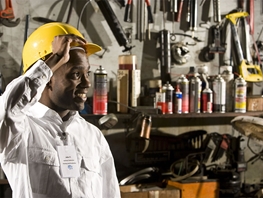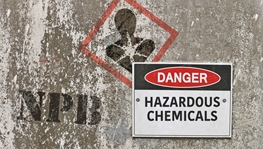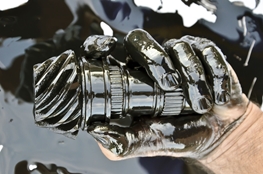Safe, Effective Cleaners & Cleaning Tools for Manual Cleaning
Techspray offers cutting-edge technologies to improve your processes. Several formulas are available for applications ranging from electronics cleaning to heavy-duty industrial cleaning.
- PWR-4 – Cost effective, nonflammable, and low toxicity, so PWR-4 is an ideal replacement for n-propyl bromide (nPB) and other toxic industrial solvents.
- G3 - Top-selling nonflammable solvent that’s effective on the broadest array of soils.
- Precision-V – Nonflammable replacement for AK225, and ideal for aviation, aerospace, medical and military applications.
- E-LINE - Effective cleaner and safe on sensitive plastics.
- Techspray Renew - Water-based flux removers with zero GWP and low VOC.
For immersion cleaning, safety is our top priority:
- Flammability - Choosing a nonflammable cleaner is generally the safest choice. Otherwise, ventilation has to be explosion-proof and adequate to remove all the flammable fumes so they don't accumulate and create a significant hazard. It is also common to clean in a heated bath for extra solvency, which makes the use of a nonflammable cleaner all the more critical. Techspray offers three brand names of nonflammable solvents: G3, PWR-4, and Precision-V.
- Toxicity - Techspray offers innovative solvents that are much safer than the four most common industrial solvents (TCE, nPB, Perc and Methylene Chloride) used to quickly clean the most difficult greases and fluxes. No Techspray cleaners contain these highly toxic solvents, and PWR-4 is specifically engineered as a replacement.
High quality brushes, swabs, and wipes are also available in different materials, shapes, and sizes for additional agitation.
Soil Type / Application
Solvent Compatibility
Flammability
Plastic Sensitivity(Choose One)
Environmental & Safety
Applied Filters
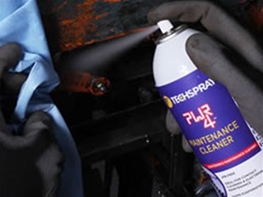
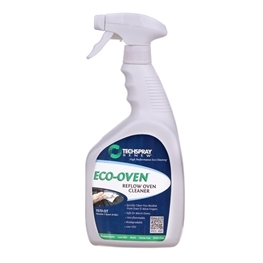
FAQ's
Every organization using hazardous chemicals within their facility has the responsibility to equip their facility and personnel to maintain exposure levels below the TLV. Personal monitoring badges can be used to measure exposure of a specific material. Then, depending on the threshold limit and the application, exposure can be controlled with PPE like masks, face shields, respirators, and even coveralls. If they don’t reduce exposure below the recommended limit, you will need to consider a special ventilation hood or even containment booth. As you can see, as the exposure limit gets down to a certain level, the equipment required to safely use the solvent can get impractical. At that point, your best option is to consider a safer alternative.
A degreaser is intended to clean a surface, so remove contamination. A degreaser is designed specifically to remove oils, greases, and lubricants. Sanitizers are intended to kill various pathogenic agents, like bacteria and viruses. There are materials that can do both, like 70% isopropyl alcohol (per CDC guidelines for hard surface disinfecting), but don’t assume all degreasers will kill pathogens.



